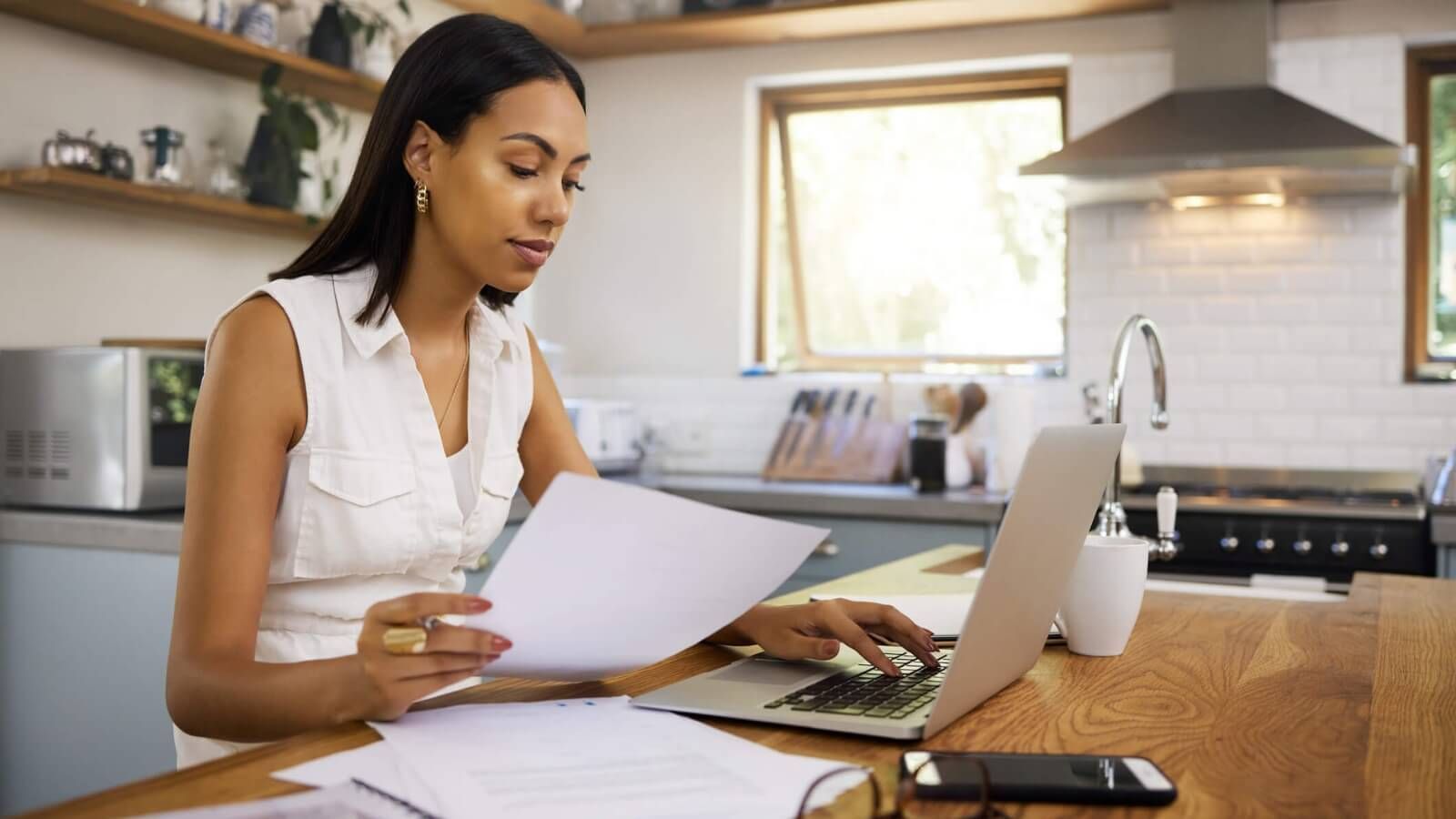A Comprehensive Guide to Understanding and Calculating LCT
A Comprehensive Guide to Understanding and Calculating LCT
Purchasing a luxury vehicle in Australia comes with its share of prestige and performance, but it's also accompanied by a unique financial obligation known as the Luxury Car Tax (LCT). Whether you're a potential buyer or just curious about the automotive market down under, understanding the LCT is crucial. This blog post dives into what the LCT is, how it's calculated, and what it applies to, offering clarity on this significant aspect of luxury car ownership in Australia.
What Is the Luxury Car Tax?
The Luxury Car Tax is a tax imposed by the Australian Government on cars that are considered to be luxury vehicles. This tax is aimed at businesses or individuals who import or sell luxury cars. But what exactly defines a luxury car for the purposes of this tax? Here are the criteria:
- The car's value, including Goods and Services Tax (GST) and customs duty but excluding on-road costs, exceeds the LCT threshold.
- It is designed to carry fewer than 9 passengers and weighs less than two tonnes.
- It is less than two years old.
Understanding the LCT Thresholds
The LCT is not a flat rate applied to all expensive cars; instead, it operates on a threshold system, which is adjusted annually. There are two thresholds: one for fuel-efficient cars and another for all other luxury vehicles. For the 2021/2022 financial year, the threshold is set at $79,569 for fuel-efficient vehicles and $69,152 for other vehicles. These figures include GST and are indexed each year to reflect changes in the consumer price index (CPI).
Calculating the Luxury Car Tax
The LCT is calculated at 33% of the value of the car above the applicable threshold. However, the calculation differs slightly based on whether the vehicle is considered fuel-efficient. Fuel-efficient cars are those with a fuel consumption not exceeding 7 litres per 100 kilometres. Here's a closer look at how the LCT is calculated:
- For fuel-efficient cars: If a fuel-efficient car is priced at $90,000, the LCT would be calculated on the amount that exceeds the $79,569 threshold for fuel-efficient vehicles.
- For other luxury cars: For a non-fuel-efficient car with the same price tag, the LCT would apply to the amount over the $69,152 threshold for other vehicles.
What Does the LCT Apply To?
The LCT is applicable to both new and used cars that meet the luxury criteria and are less than two years old. However, there are specific exemptions and scenarios where the LCT might not apply, such as:
- Commercial vehicles primarily designed for transporting goods.
- Vehicles that have been significantly modified for disabled individuals.
- Certain emergency vehicles like ambulances and fire trucks.
Exemptions and Refunds
There are notable exemptions to the LCT, including vehicles used for specific commercial purposes, emergency vehicles, and certain modifications for disability access. Additionally, primary producers and tourism operators may be eligible for refunds of the LCT paid, up to a specified limit.
The Impact of LCT on Buyers
Ultimately, the LCT can significantly increase the purchase price of luxury cars in Australia. Dealers typically pass this cost onto buyers, making it a critical factor to consider when shopping for high-end vehicles. It's also worth noting that the LCT is reported and paid through the business activity statement (BAS) by businesses selling these vehicles.
Final Thoughts
The Luxury Car Tax is a unique feature of the Australian automotive market, reflecting the government's approach to luxury items and environmental considerations. For potential buyers, understanding how this tax works, how much it can add to the cost of a vehicle, and what vehicles it applies to is essential for making informed decisions. Whether you're in the market for a luxury vehicle or just navigating the complexities of Australian tax law, the LCT is a crucial factor to keep in mind.











